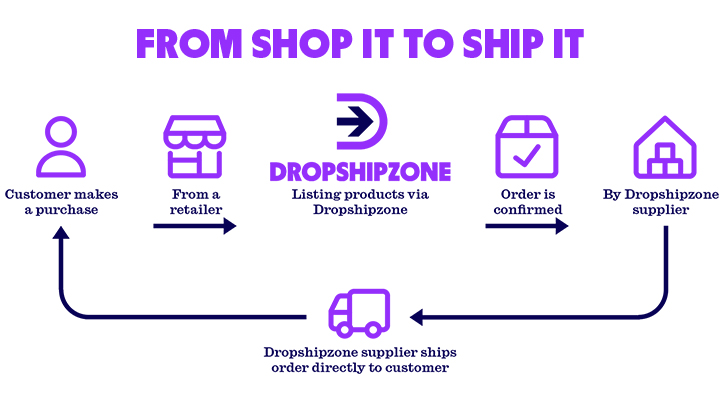Why more businesses are choosing B2B over B2C

Marketplace sellers are switching lanes and choosing to sell B2B over B2C.
And it’s a no-brainer as to why.
The appetite for B2B e-commerce is strong. Despite the lingering effects of Covid-19, inflation, supply chain disruption and a labour shortage, B2B e-commerce is growing, even amidst a general slowdown in e-commerce.
In April 2022, McKinsey forecasted that online sales would account for 31 per cent of total B2B sales by 2024, up from 20 per cent.
B2B e-commerce is charting a different trajectory to B2C. More Aussies are looking to diversify their income streams and suppliers are increasingly focused on expanding their channel coverage at a lower cost.
At Dropshipzone, we hear this all the time from suppliers who were once exclusively marketplace sellers.
When you’re strictly B2C, there’s only so much you can do before you reach a certain threshold. By selling on a B2B marketplace, you can increase your volume of sales with less effort.
Here are three more reasons why suppliers are making the switch to selling on B2B marketplaces.
- Simplify your marketing strategy
From highly-scaled marketplace sellers to big brands, we’re finding that suppliers want to discover new channels without spending all their efforts on sales and marketing.
Compared to large B2C marketplaces, with Dropshipzone, your marketing costs come down to a minimum. Meanwhile, as your spend decreases, your market size can dramatically increase.
You become less reliant on big channels while simplifying your marketing strategy.
It’s much simpler, where you just have to plug in your products and the platform effectively does the rest for you. You can achieve more with less.
- Stop relying on big channels
Small and medium-sized businesses (SMEs) are the backbone of Australian business. According to the ABS, in August 2022, they accounted for 99.8 per cent of total businesses in Australia.
According to ABS and ASBFEO data, large retailers such as Woolworths, Ebay and Amazon contribute around 50 per cent of value to the Australian retail industry. But SMEs contribute the other half. Plus, through Covid, more and more people started microbusinesses – defined as a business with up to four employees. And, you guessed it, many of these are online retail-based businesses.
Dropshipzone, which is unique in the Australian market, currently has more than 1000 active retailers and counting, as defined by the number transacting each month.
If you’re not tapping into small business as a supplier, you’re missing out on a big part of the pie.
The reason so many retailers are flocking to B2B marketplaces is that they no longer have to hold the product to sell the product.
With the rising cost of shipping, warehousing and labour, dropshipping is a particularly attractive business model for emerging retailers and microbusinesses.
- Cut down your costs
By selling on a B2B marketplace, you don’t have to worry about extra hidden costs.
It’s not uncommon in B2C for big marketplaces to pocket a big portion of the seller’s revenue. On top of transaction fees, there are marketing costs and payment solution fees. Advertising costs vary from platform to platform, but the natural competition of a marketplace can make this quite expensive. In a B2C marketplace environment, unfortunately, this is a necessary evil. It’s the nature of the beast.
By selling on a B2B marketplace, you can do away with all that. You can build a smarter, more profitable, online business. Because in this environment, that’s absolutely key.
Make the switch to selling B2B today and become a Supplier with Dropshipzone.

Comment Manually
You must be logged in to post a comment.

No comments